
Why Do Cats Lick Humans: Understanding Feline Behavior
Cats are known for their grooming habits, spending a significant amount of time cleaning themselves. However, it’s common for cats to extend their grooming behavior to humans. If you’ve ever wondered why your cat licks you, this article will explore the various reasons behind this behavior. Understanding why cats lick humans can provide insights into their communication, bonding, and general feline nature.

The Instinctive Grooming Behavior of Cats
Cats have an innate grooming instinct that stems from their natural survival instincts and instincts for cleanliness. They use their tongues to clean their fur, remove debris, and maintain overall hygiene. This behavior is deeply ingrained in their nature and serves various purposes.
Marking Territory and Establishing Bonds
When a cat licks you, they are grooming and marking you with their scent. Cats have scent glands on their tongues; when they lick you, they leave their scent behind. By doing so, they are marking you as part of their territory and establishing a sense of familiarity and ownership.
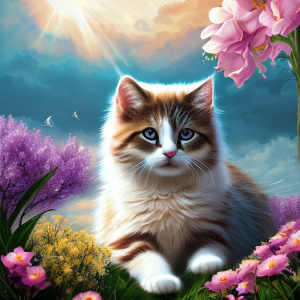
Social Bonding and Affection
Licking can also display social bonding and affection from your cat. In a feline social group, grooming is a way to strengthen relationships and show trust and care. By licking you, your cat may express their affection and treat you as part of their social circle.
Sensory Exploration and Familiarity
Cats explore the world through their senses, and licking provides valuable sensory information. Their tongues are highly sensitive, allowing them to taste and feel different textures. By licking you, they are familiarizing themselves with your scent, taste, and texture, which helps them create a stronger bond and sense of familiarity.
Reinforcing Positive Associations
If you have ever petted your cat while they were grooming themselves, they may associate the act of licking with positive experiences. Your cat might lick you to seek the same positive sensations and comfort they experience during their grooming sessions. It can be a way for them to seek closeness and relaxation.
Attention-Seeking Behavior
In some cases, cats may lick their humans to seek attention. If they notice that licking results in a response from you, such as petting or affectionate interaction, they may continue the behavior to get your attention. It can be seen as a form of communication, indicating their desire for interaction and engagement.
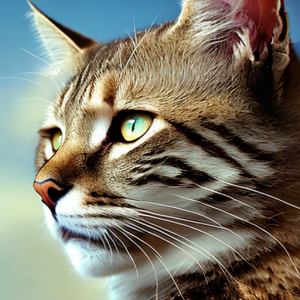
Addressing Excessive Licking
While occasional licking is regular and can be a positive interaction, excessive licking might indicate an underlying issue. If your cat excessively licks you or themselves, it could be due to stress, anxiety, medical conditions, or skin irritations. It’s essential to observe their behavior and consult with a veterinarian if you have concerns about their excessive licking habits.
Conclusion
Cats lick humans for various reasons, including grooming, marking territory, social bonding, and seeking affection. It’s a complex behavior that stems from their intuitive nature and desire for connection. Understanding why cats lick can deepen the bond between you and your feline companion and provide insights into their communication methods.
FAQs (Frequently Asked Questions)
Q1: Is it safe to let my cat lick me?
A1: In general, occasional licking from your cat is safe. However, it’s essential to be aware of any skin irritations or excessive licking that might require attention or veterinary care.
Q2: Why does my cat lick my hair?
A2: Cats may lick your hair to groom you or establish a sense of familiarity. It can also be a way for them to seek attention and bond with you.
Q3: Can excessive licking be a sign of a medical issue?
A3: Yes, excessive licking can sometimes be a sign of underlying medical conditions, such as allergies, skin irritations, or anxiety. If you’re concerned, consult with a veterinarian for a proper evaluation.
Q4: How can I discourage my cat from excessive licking?
A4: If your cat’s licking becomes excessive, addressing any underlying issues is crucial. Provide environmental enrichment, ensure proper grooming and care, and consult with a veterinarian to rule out any medical causes.
Q5: What other behaviors indicate affection from a cat?
A5: Cats show affection through various behaviors, including purring, rubbing against you, kneading with their paws, and slow blinking, among others.
In conclusion, when your cat licks you, it can signify grooming, marking territory, social bonding, and seeking affection. It’s a way for them to communicate and establish connections with their human companions. Embrace this behavior and cherish the bond you share with your feline friend.






























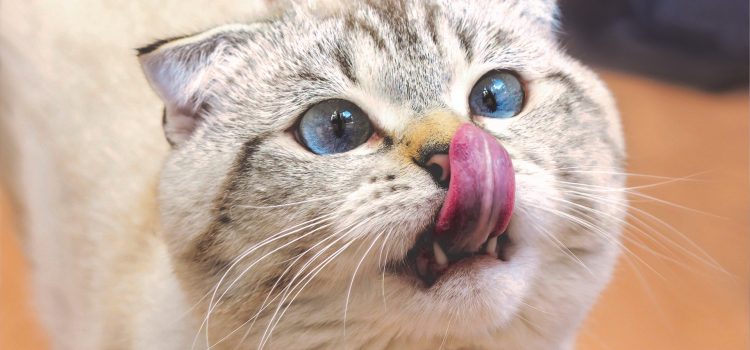
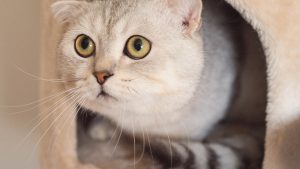
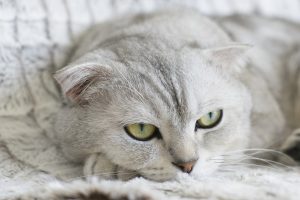

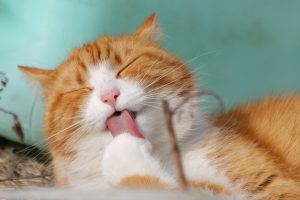
Comments
Dog Coughing and Gagging: Causes , Symptoms and Treatment Options
Scottish Fold Cat: A Breed’s Most Famous Gene is the Reason They’re Resilient to Fatal Diseases
Facts about Dogs and Which of Them Are True
Butter Corn Snake : Ultimate Care,Feeding PRO TIPS